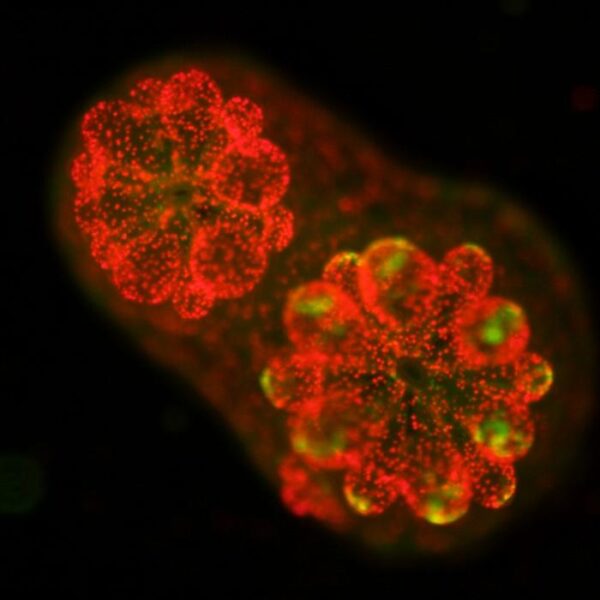Scientists have identified the gene that enables marine algae to produce a unique type of chlorophyll, potentially paving the way for improved crop yields and more efficient biofuel production.
The study, published in Current Biology, solves a long-standing mystery about the molecular pathways that allow algae to manufacture this special chlorophyll and thrive in their marine environments.
“Marine algae produce half of all the oxygen we breathe, even more than plants on land. And they feed huge food webs, fish that get eaten by mammals and humans,” said UC Riverside assistant professor of bioengineering and lead study author Tingting Xiang. “Despite their global significance, we did not understand the genetic basis for the algae’s survival, until now.”
In a remarkable first, the researchers successfully implanted the marine algae gene into a land plant, enabling it to produce the marine chlorophyll. Tobacco plants were used for this experiment, but theoretically, any land plant could incorporate the gene, allowing them to absorb a fuller spectrum of light and achieve better growth.
“Chlorophylls b and c absorb light at different wavelengths,” Xiang explained. “The ocean absorbs red light, which is why it looks blue. Chlorophyll c evolved to capture the blue-green light that penetrates deeper into the water.”
The implications of this research extend beyond crop production. It could also enhance the growth of algae used for biofuel production, creating more feedstock for these sustainable energy sources.
“The identification of the biosynthetic pathway for chlorophyll c is more than a scientific curiosity; it’s a potential game-changer for sustainable energy and food security,” said Robert Jinkerson, UCR chemical engineering professor and study co-author.
As the world grapples with the challenges of climate change, this breakthrough offers hope for developing more robust crops and efficient biofuels, potentially contributing to a more sustainable future.
#MarineAlgae #ChlorophyllC #SuperCrops #SustainableEnergy


